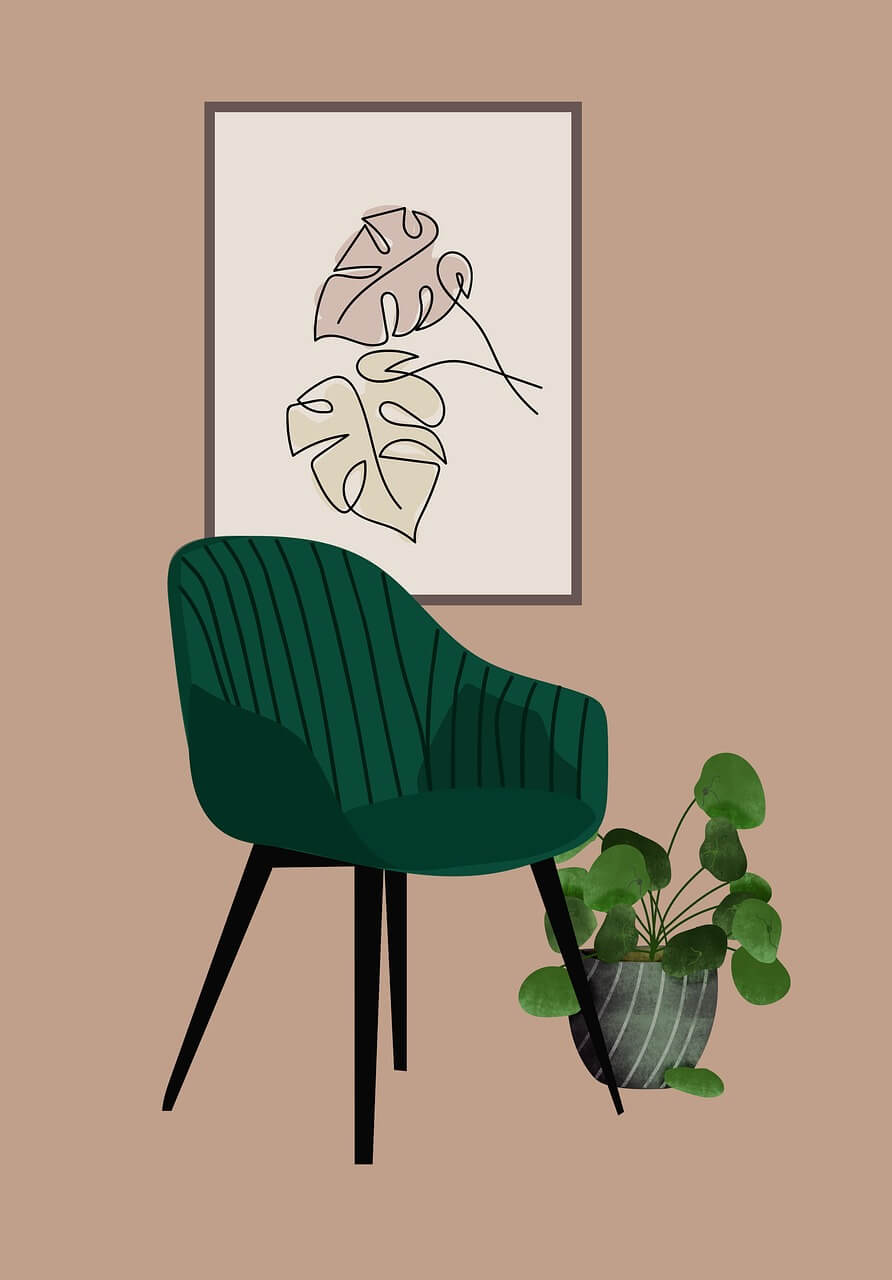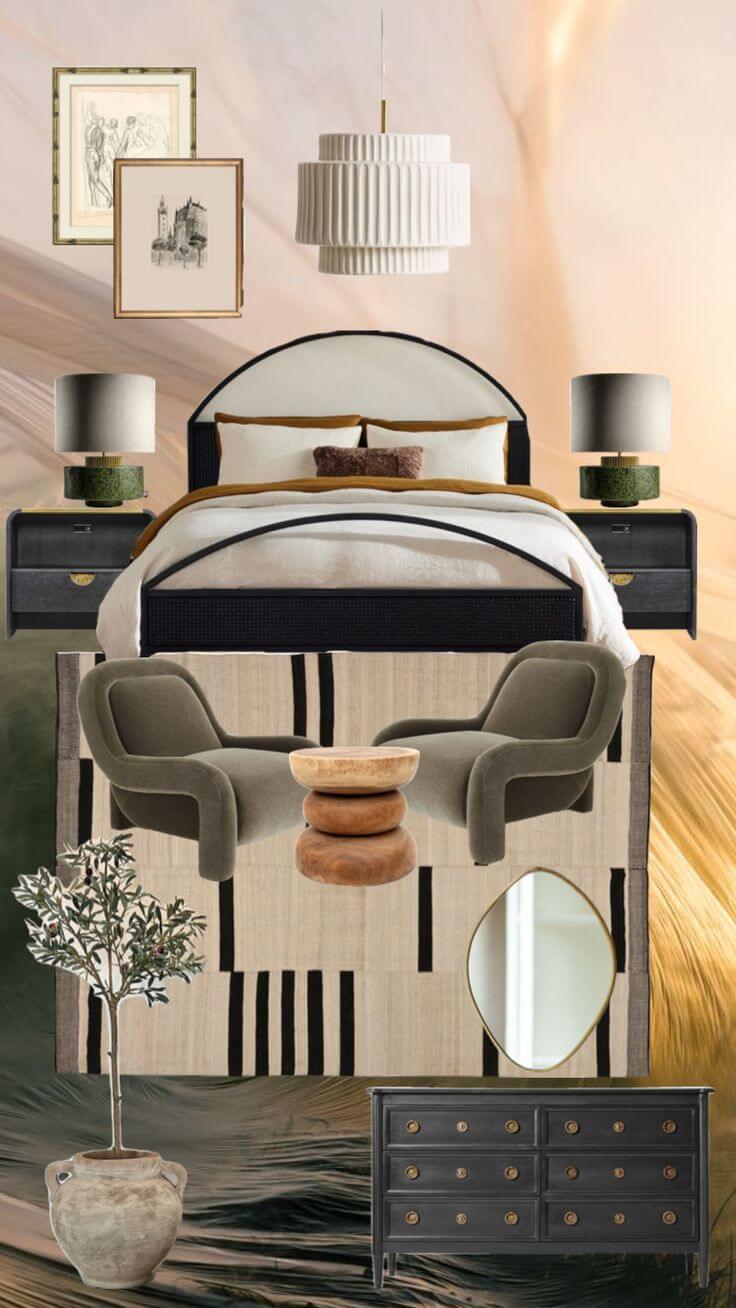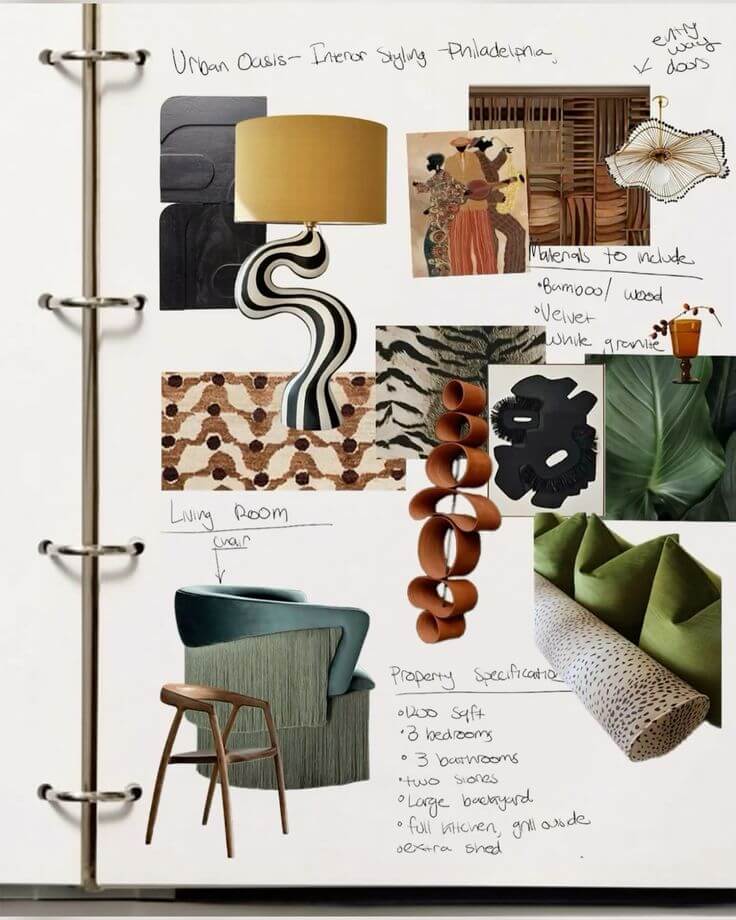
Because your home should support your real life—not your fantasy Pinterest board
Know how to define your function and feel of your space. To do this, before diving into the color palettes, statement mirrors, or that velvet accent chair you can’t stop thinking about, let’s get one thing straight: great design starts with purpose. Knowing why you’re redesigning a space sets the tone for everything that follows. Without it, you’re just collecting pretty things with no real function. That’s how rooms end up looking great on Instagram but feeling totally disconnected from your daily life.
So, how do you define the why? Start by thinking about how you want your space to support your lifestyle and how you want to feel when you’re in it. Here’s a step-by-step breakdown:
Start With Function
To define the function and feel of the space, first, identify what you actually do in the room. This sounds basic, but you’d be surprised how often people decorate for a version of life they wish they had instead of the one they actually live.
Ask yourself:
- What’s the main activity in this room?
- Who uses it? How often?
- What specific needs should it support?
Maybe your living room doubles as a playroom. Or your bedroom needs to support both rest and a small home office setup. Once you know the room’s true purpose, you can begin to layer in elements that enhance it.
Define the Desired Mood
The next thing you should do, to define the function and feel of the space, is to think about how you want to feel in the space. Energized? Grounded? Calm? Playful? This emotional goal helps you shape color schemes, lighting, materials, and layout choices.
For example:
- Cozy and restful: Think warm tones, soft lighting, plush textures.
- Fresh and focused: Go for cooler hues, clean lines, and bright light.
- Creative and bold: Incorporate vibrant colors, playful patterns, and statement art.
Let the “Why” Guide Your Design
Once your function and feel are clear, decisions become so much easier. You’re no longer choosing between a hundred styles—you’re filtering every decision through your room’s purpose.
For example, if your dining room is more about hosting game nights than formal dinners, maybe you skip the massive table and opt for flexible seating, open shelving for games, and layered lighting.
This also helps you avoid impulse purchases. If a piece doesn’t align with your function and desired mood, it doesn’t belong.
Check In With Yourself
Remember, your “why” might evolve. Life shifts, priorities change, and your space should too. Make it a habit to check in every year or so to ask if your space still works for your life.
Final Thoughts
Designing with intention doesn’t mean sucking the fun out of the process. It just means creating spaces that feel authentic, useful, and beautiful to you. When your space supports your day-to-day, it doesn’t just look good—it feels right. And that’s what great design is all about.



